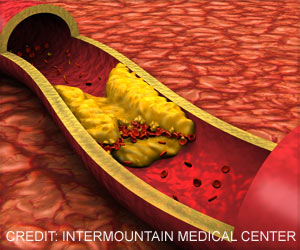Patients with chest pain educated on their potential heart attack risk and involved in deciding care choices were likelier than less-aware patients to opt out of stress testing, states research.

"To avoid missing a diagnosis of heart attack, emergency physicians often admit patients to observation units for stress testing, even though patients are at a very low risk for heart attack," said Erik P. Hess, M.D., M.Sc., lead author of the study and emergency room (ER) consultant at the Mayo Clinic in Rochester, Minn. "This results in false positive test results, unnecessary additional procedures, exposure to radiation and increased cost."
Hess and colleagues, investigating how care might change if patients were more educated about their health care, designed a decision aid (visual patient-education tool) about care options and 45-day risk of a heart attack.
Then, they studied 204 emergency department chest pain patients being considered for stress testing. Half the patients received the decision aid and half didn't.
After conducting surveys immediately after the ER visit to test patients' knowledge and analyze involvement in decision-making, researchers found:
- Decision-aid patients decided to be admitted to the observation unit for stress testing 58 percent of the time compared to 77 percent for patients in the traditional care group.
- Patients in the decision-aid group were much more knowledgeable about their heart attack risk and options than those in the traditional care group.
- The degree of involvement in care decisions in patients who received the decision aid was four times greater than those who didn't receive the decision aid.
- Patients in the decision-aid group said the information was clear and helpful, and three of four surveyed said they would recommend it to others.
- No major adverse heart problems occurred within 30 days of discharge in either group.
"This study suggests that low-risk patients don't necessarily want extensive testing once a heart attack has been ruled out," Hess said. "Informing patients of their risk and engaging them in the decision-making process may enable physicians and patients to work together to choose an approach to evaluation that is more in line with what patients want, without negatively affecting the results of their health care."
Advertisement
"Use of the decision aid requires close collaboration between emergency physicians and cardiologists so patients can receive follow-up care 24 to 72 hours after they leave the emergency room," Hess said. "So, the use of the decision aid will be more difficult in healthcare settings with less reliable access to outpatient follow-up."
Advertisement















